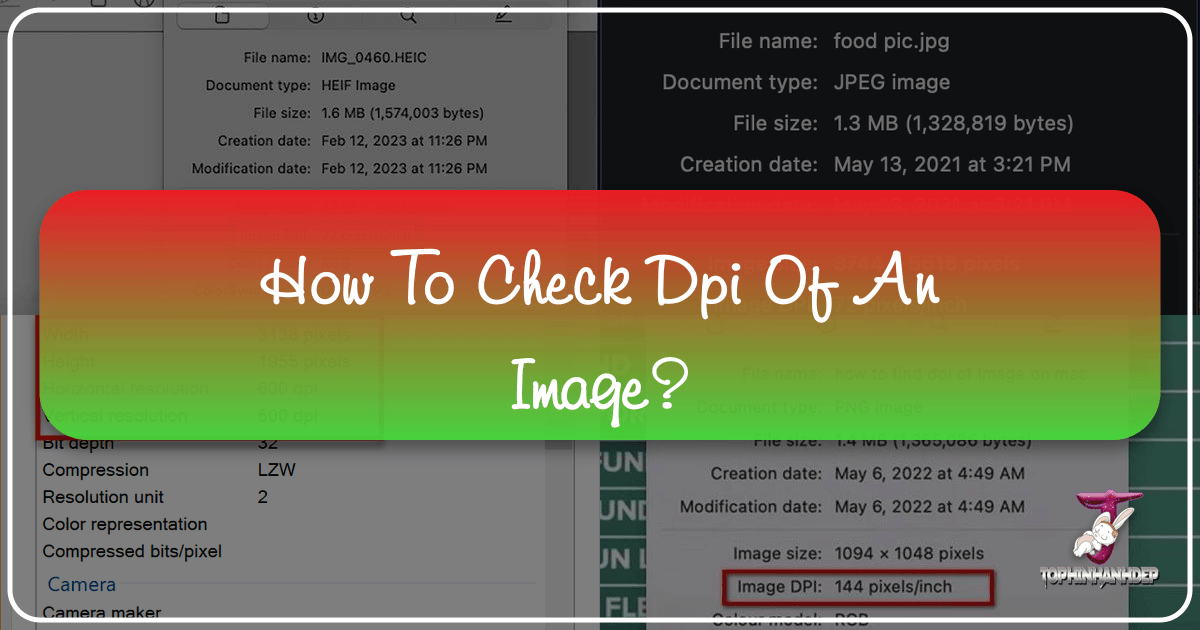The Ultimate Guide to Transferring Your Images from iPhone to Android: Preserving Your Visual World
Switching from an iPhone to an Android device marks a significant technological transition for many users. While the allure of a new operating system, advanced features, or a different ecosystem is exciting, the thought of migrating all your precious digital memories—especially your images—can be daunting. Your photo library isn’t just a collection of files; it’s a repository of experiences, creative projects, personal aesthetic choices, and high-resolution photography. Whether you’re moving to the latest Google Pixel, a feature-rich Samsung Galaxy, or another powerful Android device, ensuring your wallpapers, beautiful photography, and all visual assets make the journey safely is paramount.





